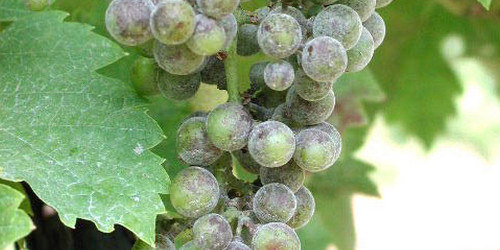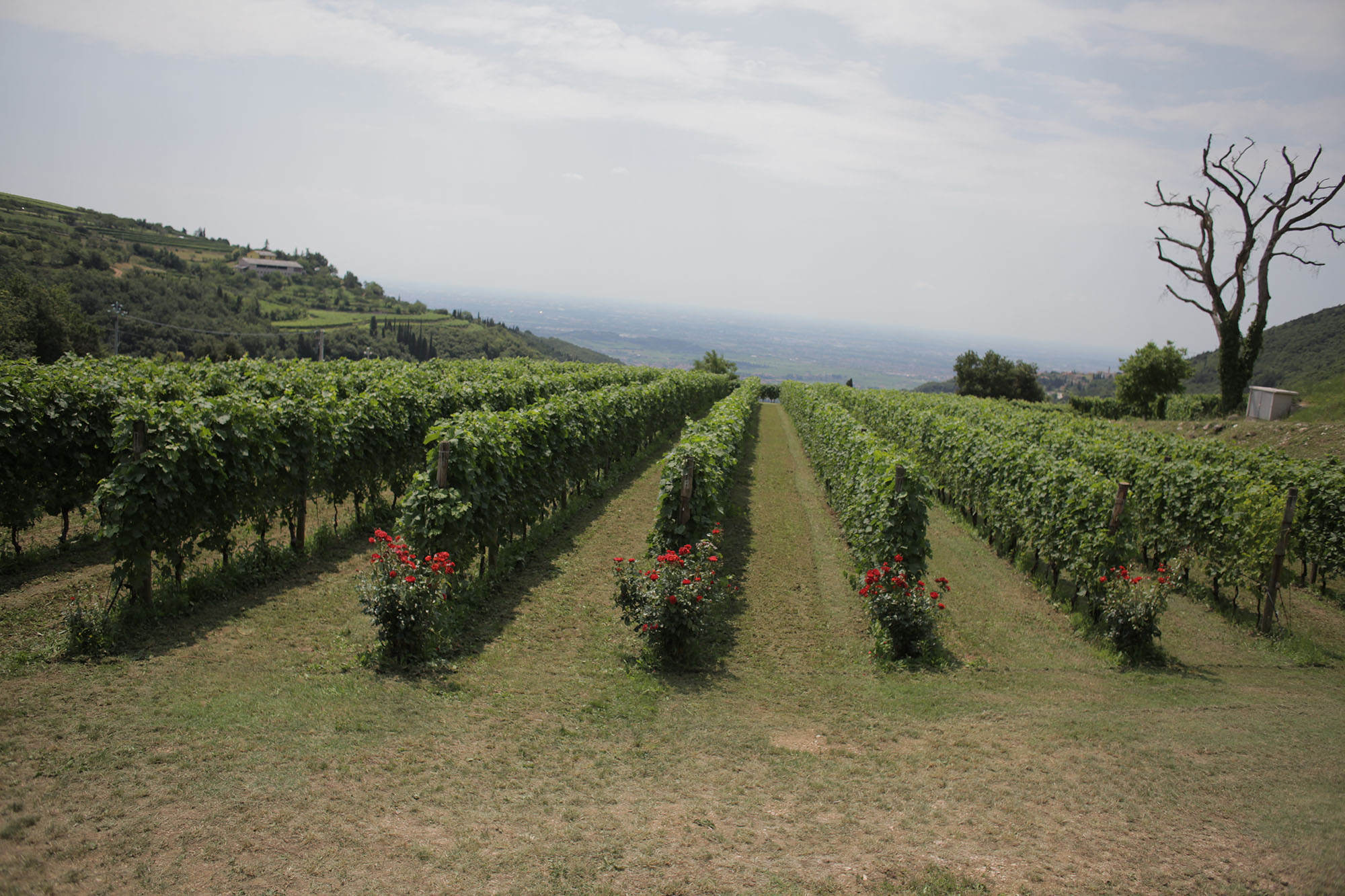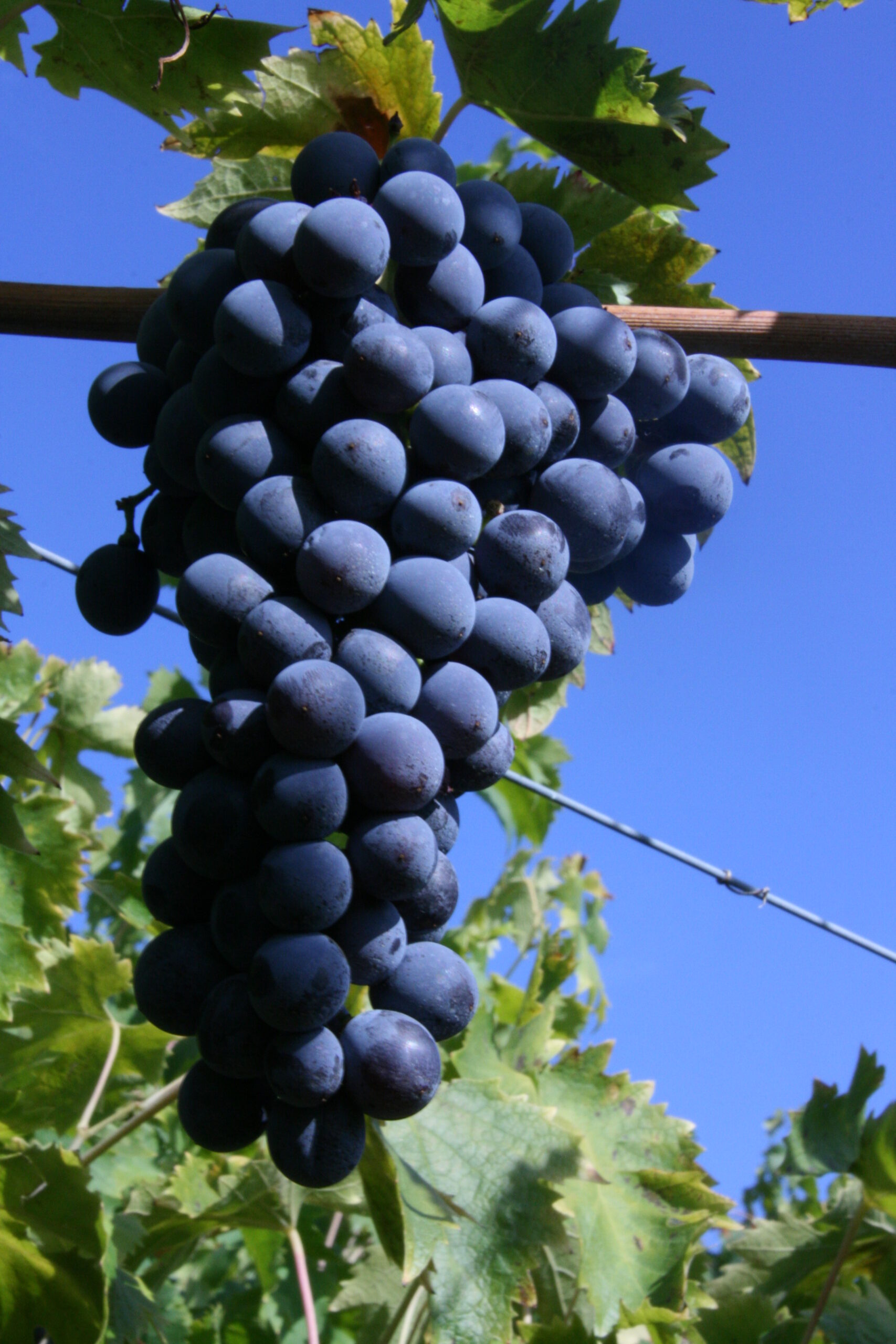The vine is a very delicate plant and therefore exposed to multiple risks caused by phytoplasmas, insects and fungal diseases. Every year, winemakers and agricultural technicians must be able to manage the various risks caused by the appearance of infections and diseases on the vine so as not to jeopardize the productivity and quality of the grapes during the harvest.
The most common diseases that can occur in the vineyard are:
- Downy mildew (Plasmopora viticola)
- Powdery mildew (Erysiphe necator and Oidium tuckeri
Let’s look at them together to understand their characteristics and methods to fight them…

Downy mildew
Peronospora is a specific fungal disease of the vine capable of affecting all the organs of the plant including the bunches. By damaging them, it can lead to a significant loss of production.
The symptoms that highlight the presence of vine downy mildew are easily recognisable:
- A suspicious yellow spot on the leaves of the plant, resulting in the fall of those most affected
- the presence of white mold on the bottom of the leaves
- the drying of the affected grapes
Downy mildew is also the pathology that most worries winegrowers due to its diffusion and intensity. This is what technicians and studies on the vine are saying today which demonstrate how this infection is present in every part of Italy, including the central-southern regions, historically less subject to it thanks to the evolution of the climate trend in recent years.
To protect the health of the vineyards and at the same time act in a sustainable way, defense must be preventive. Downy mildew is a disease capable of remaining present in the soil in the form of spores and its development can be linked to weather conditions.
For this reason it is certainly more common in wine-growing areas that have humid climates with large amounts of rainfall during the growing season.
Furthermore, downy mildew, if not adequately treated, can lead to huge production losses. To date, the most used remedies concern the use of plant protection products through targeted treatments.

Powdery mildew
It is another disease caused by a fungal pathogen that can affect both plants and animals. On the vine, it acts on the leaves and grapes, but it can also affect other types of fruit and vegetables. It is mainly found in Europe and North America.
The disease spreads when spores land on healthy plants and begin to grow and thin out. They can spread not only through contact, but also through wind, water or insects. The spores also establish themselves in the soil for up to ten years, so it is essential not to plant new vines near areas in which there have been or are infected vines.
This infection spreads mainly in summer and differs from the downy mildew mentioned above thanks to the fact that in this case rainfall inhibits the development of the disease instead of favoring it as in the case of downy mildew.
As for the symptoms, the most recognizable are the following:
- appears as a white powder-like substance on the surface of the leaves and causes them to curl and distort in its advanced stages
- yellowing of the leaves before they completely die
The phytosanitary treatments to combat powdery mildew are different depending on the severity. The most common ones are copper sulfate (effective only in the mildest cases) and sulfur-based compounds.
Since the weather plays a fundamental role in the prevention of the disease, thanks to some forecast models and through the constant monitoring of the microclimatic conditions of the vineyards, today it is possible to predict the advent of powdery mildew infection and understand when the best time to intervene is the treatments.
![]()
Campagna finanziata ai sensi del Reg. UE n. 1308/2013
Campaign financed according to EU Reg. n. 1308/2013




